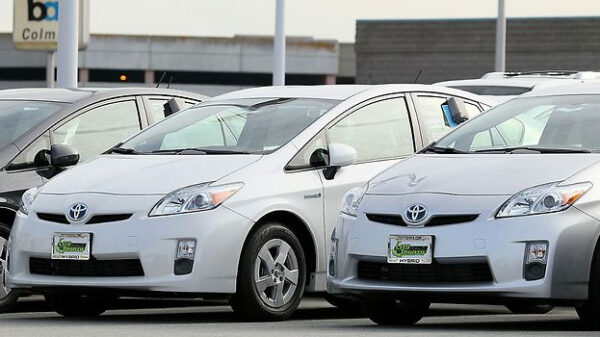
A majority had expected changes on the VAT Act 2013 to cut cost of basic goods, but Rotich instead touched on introducing VAT regulations that would help clarify ambiguous aspects of the Act/MIKE KARIUKI
National Treasury Cabinet Secretary read a Sh1.7 trillion budget that will have several fiscal and policy implications on government spending. The budget is the clearest indication of the government’s priorities and intentions in the coming financial year. Consulting firm PwC gives a break down of the budget, the monetary and policy impact and suggests ways to overcome the implementation challenges.
Devolution
The currently allocated budget is in our view not enough and too late for the devolved function. The costing of the devolved functions and the basis for the division of revenues needs to be reviewed.
Devolution..the way forward
The challenges ailing devolution cannot be resolved overnight.However, a number of actions can be implemented to move the devolution agenda forward: Division of revenue,budget process, legislation, capacity building, revenue mobilization.
Vision 2030
Implementation of flagship projects in the year is likely to result in the achievement of the targeted absorption rate of 80%
Roads
On-going roads, maintenance, roads connecting borders, decongestion and new roads amount to KES 116.7bn.
Energy
The government continues to pursue the 5000MW programme and has allocated KES 10bn to geothermal
Railways
The Government has allocated KES 22.9bn towards the Standard Gauge Railway (SGR) which will be raised through the Railway Development Levy (RDL) to supplement the other external funding sources.
Critical Success Factors
The major risks inherent in these projects relate to time and cost overruns, which will require a significant upgrade in technical,legal and institutional frameworks to manage and control the delivery of the investments, , also: New Procurement law, E-procurement systems, Strengthening of the PPOA, EACC, Auditor General’s, office and the Office of the Public Prosecutor.
Digitising government
The government seeks to leverage on ICT to improve citizens’ lives. The 2014/2015 budgetary allocation to ICT is aligned to ICT priorities identified in the government’s policy statements.Specifically, the Cabinet Secretary seeks to allocate KES 2.5bn to three egovernment projects: the Kenya National Electronic Window ystem,IFMIS (Integrated Financial Management Information System) rollout and national digital services.
Implementation challenges
Public procurement,Network infrastructure, Capacity, Change Management, Inter-agency collaboration
Conclusion
This is a fair budget focused on efficiency and prudent use of resources. It has good intentions, accommodating diverse interests but needs continues review during the year to ensure the desired results are achieved. Its full execution will be the shot in the arm the economy requires.



































